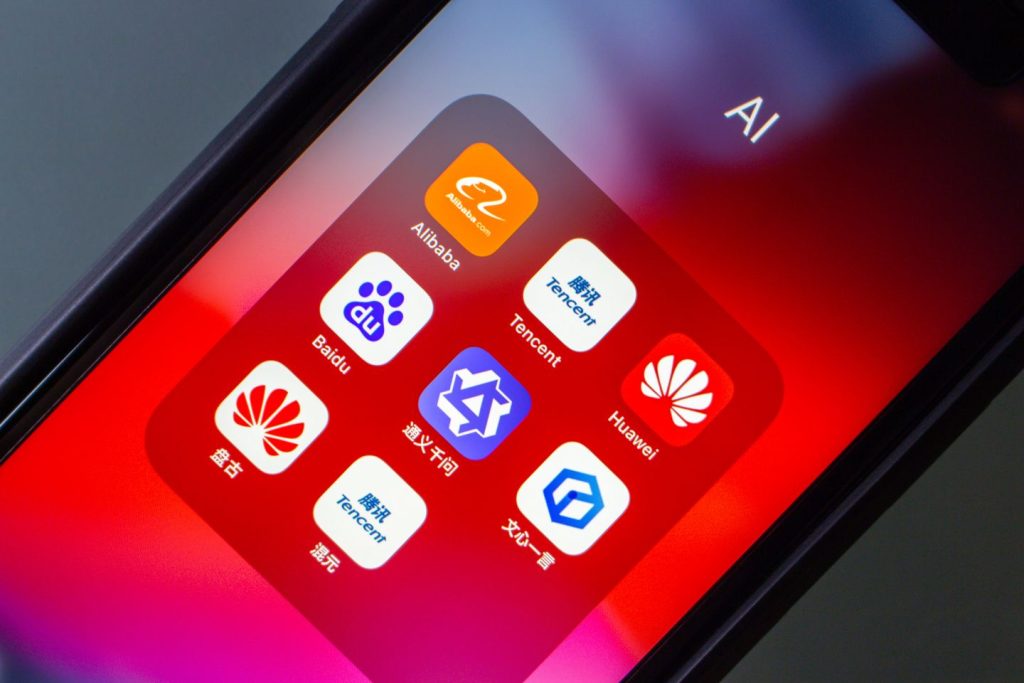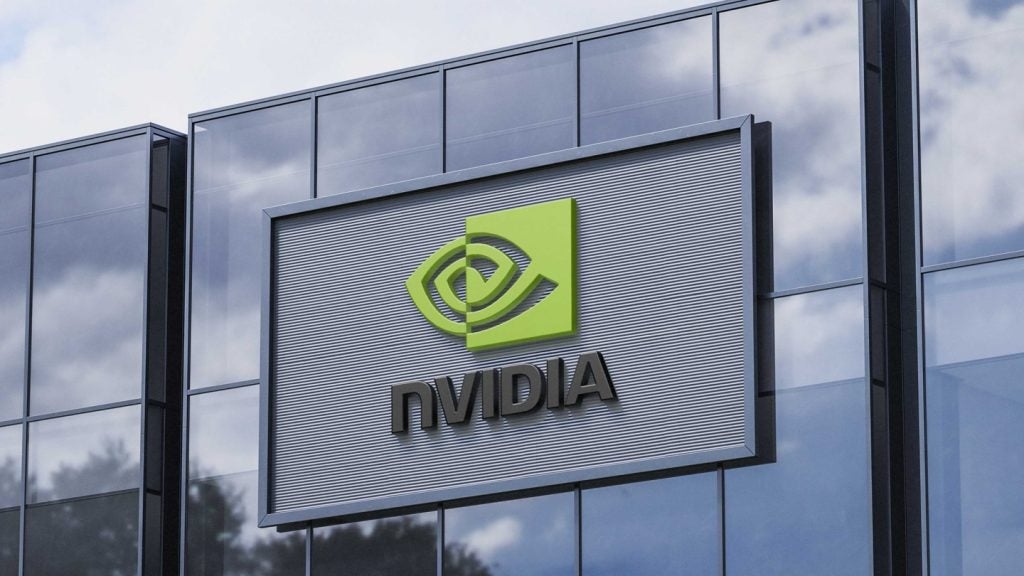For more than a decade, Communications Service Providers (CSPs) have been moving their operations from a network focus to a service focus.
The shift started from a simple realisation: even in cases where all of their technical indicators were green, customers were often unhappy with their experience. CSPs, therefore, started to add service performance indicators to their contracts and dashboards: eliminating video buffering, for example, or poor voice call quality. This shift is often summed up as the move from a NOC (Network Operations Centre) to a SOC (Service Operations Centre).
Increased service demand
Now, CSPs are undergoing another version of this same progression, but this time focusing on the substantially increased demands placed on the network by 5G, IoT, and the exploding numbers of services and use cases that the network must support.
The network has become much more mission critical, making outages and degraded service quality unacceptable. The number of services a network must support, combined with the ever-increasing scale and complexity of the network itself, has quickly exceeded the ability of humans to operate the network to the required standard of performance.
Automated network and service operations
CSPs, therefore, are emphasising automated network and service operations, with visibility all aspects of the entire network and the ability to adjust service performance in real time. These advancements in automation are made possible by new digital tools, most importantly intent, generative AI, and digital twins.
Intent
Intent is ability to assure the performance of services according to business metrics, even when certain network resources change or become unavailable.
Examples of intent include not only service-level agreements that define the lower and upper bounds of service performance, but the cost of network resources that can be used to provide that service, or the greenness of the electricity that powers the network.
Generative AI
Until recently, intent discussions were mostly about assurance – in other words, operating the network according to a technical definition of intent that had been set by engineers.
Now, generative AI is making intent setting much easier by providing a natural-language interface that not only accepts the natural-language instructions, but provides guidance on configuration and alternatives if the desired configuration is not available. As such, it can be viewed as a further refinement of the low- and no-code interfaces that are increasingly simplifying telecoms operations.
Generative AI is also useful for operations personnel to explore system issues, possible changes, and knowledge bases, getting recommendations in a conversational interface.
Digital twins
Those suggestions and change modeling are best enabled by digital twins, exact virtual models of the production network that reflect changes to the network in real time.
Digital twins can be used for a variety of what-if scenarios that are essential to network planning and optimisation as well as simulation of emergencies, outages, equipment failures and changes in service demand. Combined with the natural-language interface, it can enable operations personnel to explore almost any change to the network in much less time than the previous manual processes.
Evolution of the network
These systems – and in fact the entire evolution of the network – must be supported by artificial intelligence, implemented so that each network domain has its own closed-loop automation to address performance issues, but also so that each domain can coordinate with the others to create full end-to-end automated service operations.
Essential to this AI infrastructure is a common data platform that combines and normalises data from all the various data sources and siloes across the CSP’s network. All parts of the CSP’s service infrastructure must have access to a single source of truth; that is, they must all use the same data, which must be updated in real time.










